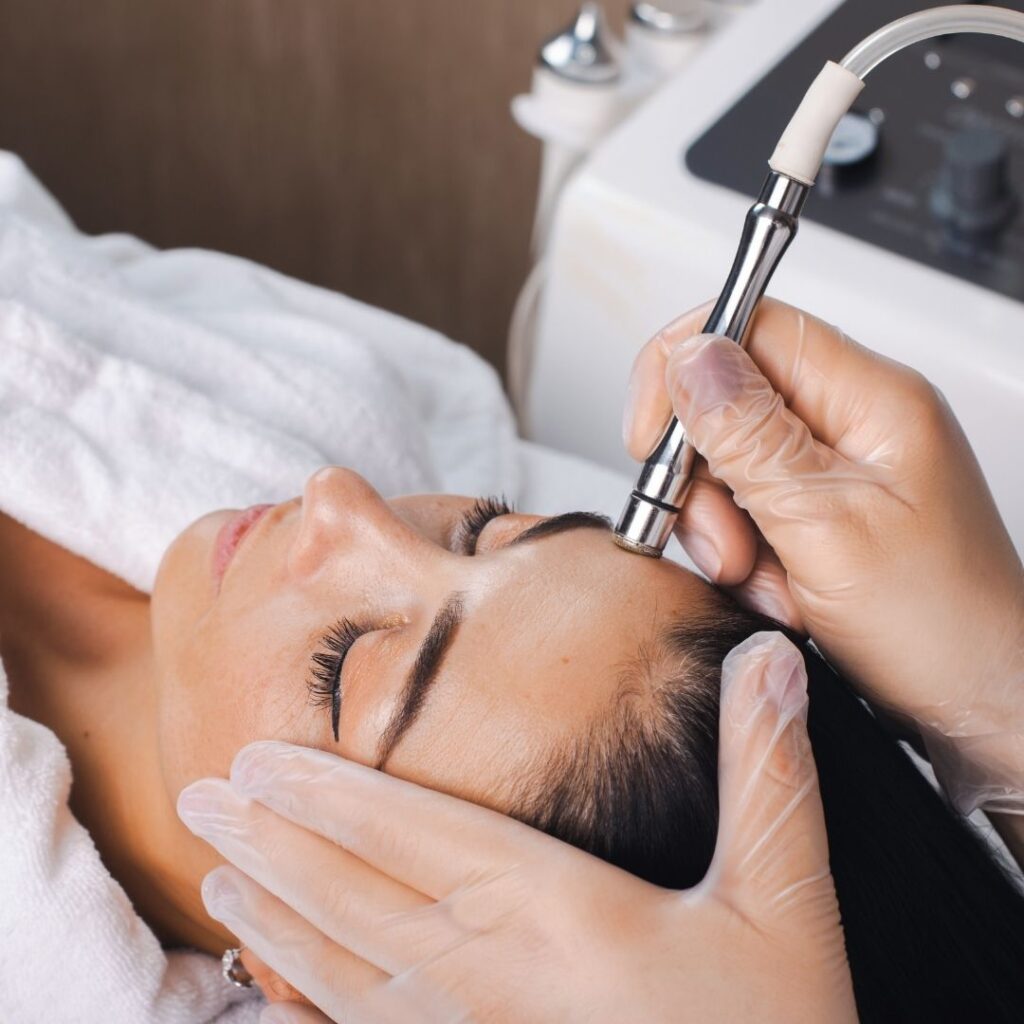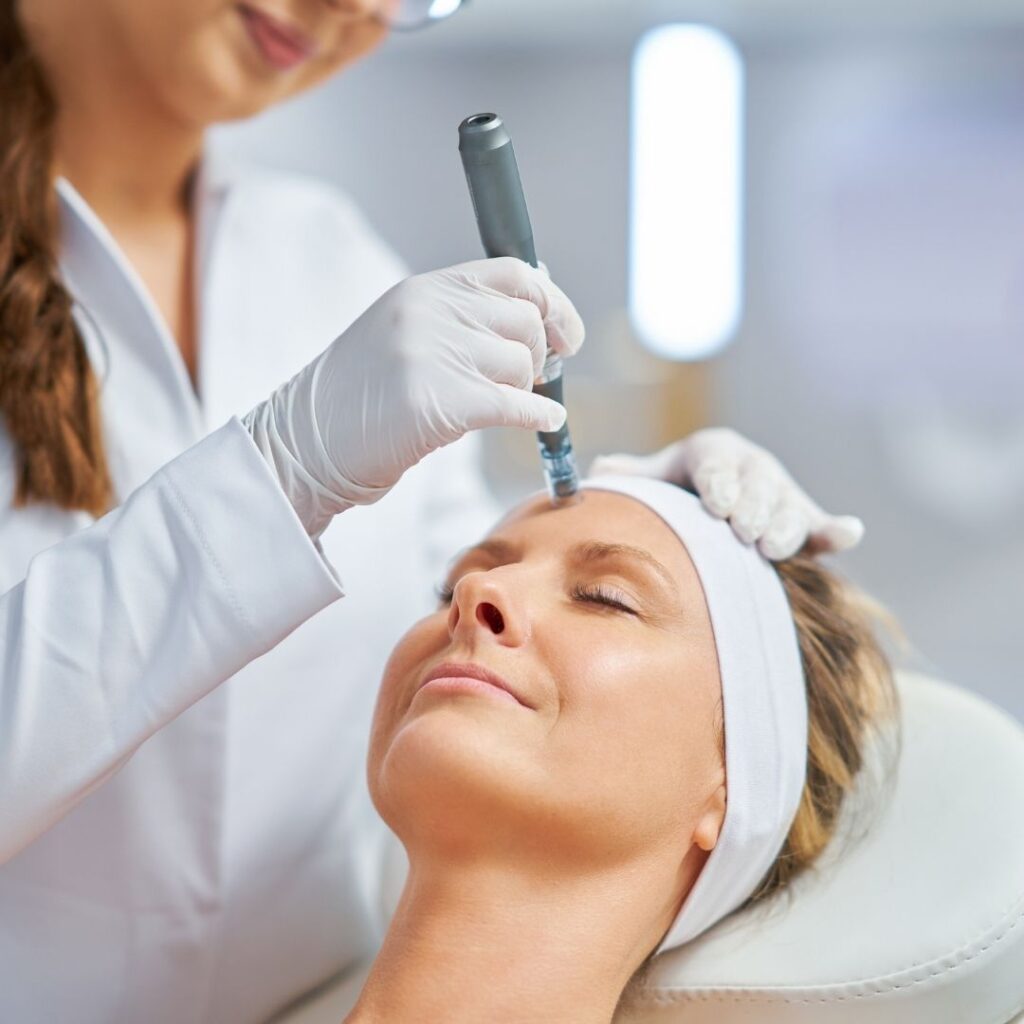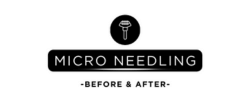Microneedling, a minimally invasive cosmetic procedure, has gained popularity for its remarkable benefits in skin rejuvenation. This article provides a comprehensive overview of what you can anticipate from a microneedling session, including its purpose, procedure, and potential outcomes. From reducing fine lines and wrinkles to enhancing collagen production, this transformative treatment offers an array of advantages that will leave your skin feeling refreshed and revitalized. Discover the intricacies of microneedling and unlock the secret to achieving radiant and youthful skin.

What is Microneedling?
Definition
Microneedling, also known as collagen induction therapy, is a cosmetic procedure that involves creating controlled micro-injuries to the skin using fine needles. These tiny punctures stimulate the body’s natural healing process, leading to the production of collagen and elastin, which are essential for maintaining smooth and youthful-looking skin. The procedure is performed with a handheld device that contains multiple tiny needles, which penetrate the skin at specific depths.
Procedure
During a microneedling procedure, the skin is first thoroughly cleansed and prepped. A numbing cream may be applied to minimize discomfort during the treatment. The microneedling device is then gently rolled or pressed onto the skin in a systematic manner, creating microscopic channels in the targeted areas. The depth of needle penetration is determined based on the specific skin concerns being addressed. This process typically takes about 30 minutes to an hour, depending on the size of the treatment area.
Before the Procedure
Consultation with a Professional
Before undergoing a microneedling procedure, it is essential to schedule a consultation with a qualified professional. During this consultation, the professional will assess your skin condition, discuss your goals and expectations, and determine if you are a suitable candidate for microneedling. They will also explain the procedure in detail, including any potential risks or side effects, and address any concerns or questions you may have. This consultation provides an opportunity to establish a rapport with the professional and ensure that you have a clear understanding of the process.
Preparing your Skin
To optimize the results of your microneedling treatment, it is important to prepare your skin beforehand. Your skincare professional may recommend a specific skincare regimen to follow in the weeks leading up to the procedure. This may include using gentle cleansers, avoiding harsh exfoliants, and protecting your skin from excessive sun exposure. It is also advisable to discontinue the use of any retinol or vitamin A-based products a few days prior to the treatment, as they can increase skin sensitivity.
During the Procedure
Numbing Cream Application
To minimize discomfort during the microneedling procedure, a topical numbing cream may be applied to the treatment area. This cream will be left on for a designated period, allowing it to take effect and numb the skin. The duration of application will depend on the specific numbing cream used and the sensitivity of your skin. The numbing cream helps alleviate any potential discomfort, ensuring a more comfortable experience for the patient.
Microneedling Technique
Once the numbing cream has taken effect, the microneedling procedure will commence. The handheld device, equipped with fine needles, will be moved across the skin in a gentle, controlled manner. The professional performing the procedure will apply the appropriate pressure and adjust the needle depth based on individual needs and desired outcomes. The technique used aims to create precise and consistent micro-injuries to stimulate the skin’s natural healing response.
Sensation and Pain Level
While microneedling is generally well-tolerated, individuals may experience different levels of sensation during the procedure. The application of the numbing cream significantly reduces discomfort, but some patients may still feel a mild tingling or pricking sensation as the needles penetrate the skin. However, the procedure is not typically described as painful. If you have concerns about pain or discomfort, it is best to discuss them with your skincare professional beforehand.
After the Procedure
Redness and Swelling
Following a microneedling session, it is common for the treated skin to appear red and experience mild swelling. This is a normal and expected response to the micro-injuries created during the procedure. The severity and duration of redness and swelling can vary depending on individual factors, such as the depth of the treatment and the individual’s skin sensitivity. Typically, these side effects subside within a few hours to a couple of days, but it may take longer for some individuals.
Sun Protection
After microneedling, it is crucial to protect your skin from excessive sun exposure. The newly created microchannels make the skin more vulnerable to damage from ultraviolet (UV) radiation. It is recommended to use a broad-spectrum sunscreen with a high sun protection factor (SPF) to shield the skin and prevent further damage. Additionally, wearing wide-brimmed hats and seeking shade during peak sun hours can provide additional protection during the healing process.
Avoiding Makeup
To allow the skin to heal properly and minimize the risk of infection, it is advisable to avoid wearing makeup immediately after a microneedling procedure. The tiny channels created during the treatment provide an entry point for bacteria, and applying makeup too soon can clog the pores and interfere with the healing process. It is generally recommended to wait at least 24-48 hours before applying any makeup to the treated areas.
Skincare Routine
In the days following a microneedling session, it is important to follow a gentle skincare routine to promote proper healing and optimize results. Your skincare professional will provide specific instructions based on your individual needs, but generally, this routine may include gentle cleansing, avoiding any harsh scrubs or exfoliants, and using calming and hydrating skincare products. It is crucial to keep the skin moisturized and protected throughout the recovery process.

Results and Expectations
Skin Improvement
Microneedling is known for its ability to improve various skin concerns and enhance overall skin quality. The procedure stimulates collagen and elastin production, leading to a reduction in fine lines, wrinkles, and acne scars over time. It can also improve the appearance of enlarged pores, uneven skin texture, and hyperpigmentation. However, it is important to note that individual results may vary, and multiple sessions may be needed to achieve optimal outcomes.
Number of Sessions
The number of microneedling sessions required to achieve desired results can vary depending on several factors, including the specific skin concerns being addressed, the severity of those concerns, and the individual’s response to the treatment. In some cases, significant improvement may be noticeable after just one session, while others may require a series of treatments spaced several weeks apart to achieve the desired results. Your skincare professional will provide a personalized treatment plan based on your unique needs.
Collagen Production
Collagen production is a key aspect of microneedling. As the tiny needles penetrate the skin, they stimulate the body’s natural healing response, triggering the production of new collagen fibers. Collagen is a protein that provides structure and elasticity to the skin, helping it appear smooth and youthful. Over time, the increased collagen production can lead to improved skin quality and a reduction in common signs of aging, such as wrinkles and sagging.
Potential Side Effects
Temporary Discomfort
While microneedling is generally considered safe and well-tolerated, some individuals may experience temporary discomfort during or after the procedure. The application of a numbing cream before the treatment helps alleviate any potential discomfort, but mild sensations such as tingling or pricking may still occur. These sensations typically subside quickly once the treatment is completed and are generally well-tolerated by most individuals.
Post-inflammatory Hyperpigmentation
Post-inflammatory hyperpigmentation (PIH) is a potential side effect of microneedling, particularly for individuals with darker skin tones. PIH refers to the darkening or discoloration of the skin in response to inflammation or injury. While microneedling aims to improve hyperpigmentation, there is a risk that the procedure may trigger temporary darkening of the treated areas. However, this side effect is usually temporary and fades on its own over time.
Infection
Although rare, there is a slight risk of infection following a microneedling procedure. The tiny channels created during the treatment can potentially allow bacteria to enter the skin, leading to an infection. To minimize this risk, it is important to follow all post-procedure care instructions provided by your skincare professional. This includes keeping the treated area clean, avoiding touching or picking at the skin, and refraining from using any potentially contaminated skincare products.
Downtime and Recovery
Healing Process
The healing process after microneedling typically involves several stages. Immediately after the procedure, the skin may appear red and feel sensitive or tender. This is a normal response to the treatment. Over the next few days, the redness and swelling will gradually subside, and the skin may start to feel slightly rough or dry. After about a week, the skin should begin to normalize, and any temporary side effects should fade. Complete healing and optimal results may take several weeks or even months, depending on individual factors.
Expected Downtime
One of the advantages of microneedling is that it generally has minimal downtime compared to more invasive cosmetic procedures. Immediately after the treatment, the skin may appear red and slightly swollen, resembling a sunburn. This redness typically subsides within a few hours to a couple of days. Most individuals can return to their regular activities the following day, although there may be slight sensitivity or residual redness that can be easily covered with makeup.
Avoiding Certain Activities
To ensure proper healing and minimize the risk of complications, it is important to avoid certain activities in the days following a microneedling procedure. This may include avoiding direct sun exposure, saunas, hot tubs, and excessive sweating. It is also recommended to refrain from using harsh skincare products, such as retinol or acids, for a few days. Your skincare professional will provide specific instructions based on your skin’s needs and the specific treatment performed.
Follow-up Care
Follow-up Appointments
Following a microneedling procedure, it is common to have follow-up appointments with your skincare professional. These appointments allow the professional to monitor your progress, assess the results, and make any necessary adjustments to your treatment plan. The frequency of these follow-up appointments will depend on individual circumstances and the specific goals of the microneedling treatment. Regular check-ins can help ensure that you are on track towards achieving the desired outcome.
Monitoring Results
Monitoring the results of your microneedling treatment is an essential part of the process. While immediate improvements may be noticeable, the full benefits of microneedling often become more apparent over time as collagen synthesis and remodeling continue. It is important to have realistic expectations and understand that individual results can vary. Regularly assessing your skin’s progress and discussing any concerns or questions with your skincare professional will help ensure you are achieving the desired results.
Additional Treatments
In some cases, additional treatments may be recommended to enhance the results of microneedling. This may include incorporating other aesthetic procedures, such as chemical peels or laser treatments, into your skincare regimen. Combination therapies can further address specific skin concerns or maximize results. Your skincare professional will provide guidance on any additional treatments that may be beneficial and take into account your individual needs and preferences.

Cost and Insurance Coverage
Treatment Costs
The cost of microneedling can vary depending on several factors, including the location, the professional performing the procedure, and the number of sessions needed. Generally, the cost per session can range from $100 to $700, with an average price falling between $250 and $500. It is important to note that microneedling is considered a cosmetic procedure and is typically not covered by insurance. However, some clinics or professionals may offer financing options or packages that can help make the cost more manageable.
Insurance Coverage
As microneedling is primarily a cosmetic procedure aimed at improving the appearance of the skin, it is unlikely to be covered by insurance. Insurance companies typically do not provide coverage for elective cosmetic treatments, as they are considered non-medically necessary. However, it is always recommended to check with your insurance provider to confirm their specific policy regarding microneedling and potential coverage options.
Choosing a Microneedling Professional
Certification and Training
When selecting a microneedling professional, it is crucial to ensure they have the appropriate certification and training. Look for professionals who have completed recognized courses or programs in microneedling techniques. Certification demonstrates that they have met specific standards and have the necessary knowledge and skills to perform the procedure safely and effectively. Additionally, inquire about their experience and continued education in the field to ensure they stay up-to-date with the latest advancements.
Experience
Experience plays a significant role in the quality of the microneedling procedure and the overall results. Consider choosing a professional with ample experience performing microneedling treatments. An experienced professional will have a deeper understanding of the technique, be more proficient in handling potential complications, and be able to provide personalized advice and recommendations based on individual needs. Reading client reviews and testimonials can help gauge the experiences of previous patients and their satisfaction with the professional’s services.
Client Reviews
Reading client reviews and testimonials can provide valuable insights into the reputation and quality of a microneedling professional. Look for feedback from individuals who have undergone microneedling treatments with the professional you are considering. Pay attention to their experiences during the consultation, the comfort level during the procedure, and the overall satisfaction with the results achieved. Positive reviews and recommendations from previous clients can help instill confidence and ensure you are choosing a trusted and reputable professional.
In conclusion, microneedling is a cosmetic procedure aimed at improving skin quality and addressing various skin concerns. It involves creating controlled micro-injuries to stimulate the body’s natural healing process and collagen production. Before the procedure, a consultation with a professional is crucial to assess skin condition and determine suitability for microneedling. Preparing the skin is also important to optimize results. During the procedure, a numbing cream is applied, and the microneedling device is used to create micro-injuries. After the procedure, temporary redness and swelling may occur, and skincare routine adjustments are necessary. Results and expectations can vary, and multiple sessions may be needed. Potential side effects include temporary discomfort, post-inflammatory hyperpigmentation, and infection. Downtime and recovery involve the healing process and avoiding certain activities. Follow-up care, including appointments and monitoring results, is essential. The cost of microneedling varies, and insurance coverage is unlikely. When choosing a microneedling professional, certification, training, experience, and client reviews are important factors to consider.

